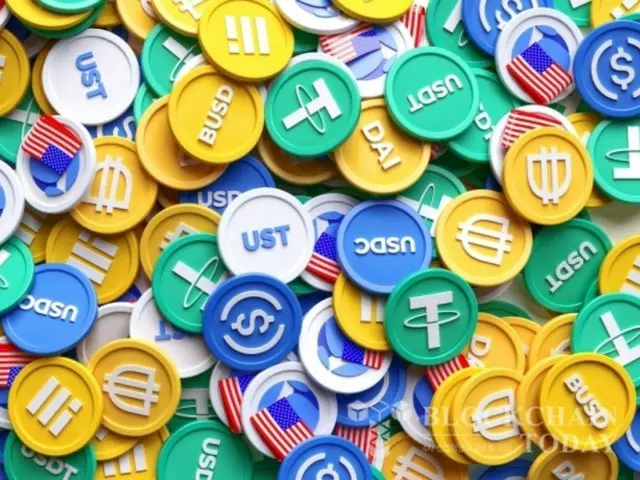During a panel discussion on "Stablecoins: Programmable Money in a Digital World" at the 2019 Bitcoin Talk conference, Ha
Diogo Monica, general partner at Haun Ventures, made this claim:
Monica emphasized that "it's much better to hold a stablecoin than to have a dollar in a commercial bank," and many stablecoins
The Fed stressed that the fund is backed by reserves held in Global Systemically Important Banks (G-SIBs) and short-term U.S. Treasury securities, which are considered relatively safe within the financial system.
Monica pointed out that commercial bank deposits are liabilities of the bank, and if the bank goes bankrupt, depositors may lose money. On the other hand, reliable stablecoin issuers
The bank explained that it holds reserves in the form of G-SIBs and government bonds, providing rights to safer collateral assets. However, such claims are based on the assumption that stablecoins themselves carry inherent risks.
There are also counterarguments that the fact that the stablecoin is being sold should not be overlooked. Cointelegraph states, "In theory, stablecoins can have strong collateral power, but their reliability depends on the actions of the issuing company.
In particular, Tether, the largest centralized stablecoin issuer by market capitalization, has long been plagued by allegations over its transparency and risk management.
In late 2018, Crypto, a payment processor for exchange Bitfinex, which has a partnership with Tether,
Tether has offered Bitfinex $625 million to compensate after Bitcoin Capital lost access to $850 million in assets.
According to court documents from 2019, Tether did not disclose this fact to the market, and the stablecoin USDT was only 74% cash and convertible to cash at the time.
Fortunately, Bitfinex had paid back all of its loans by early 2021.
2025/06/11 16:15 KST
Copyright(C) BlockchainToday wowkorea.jp 117

